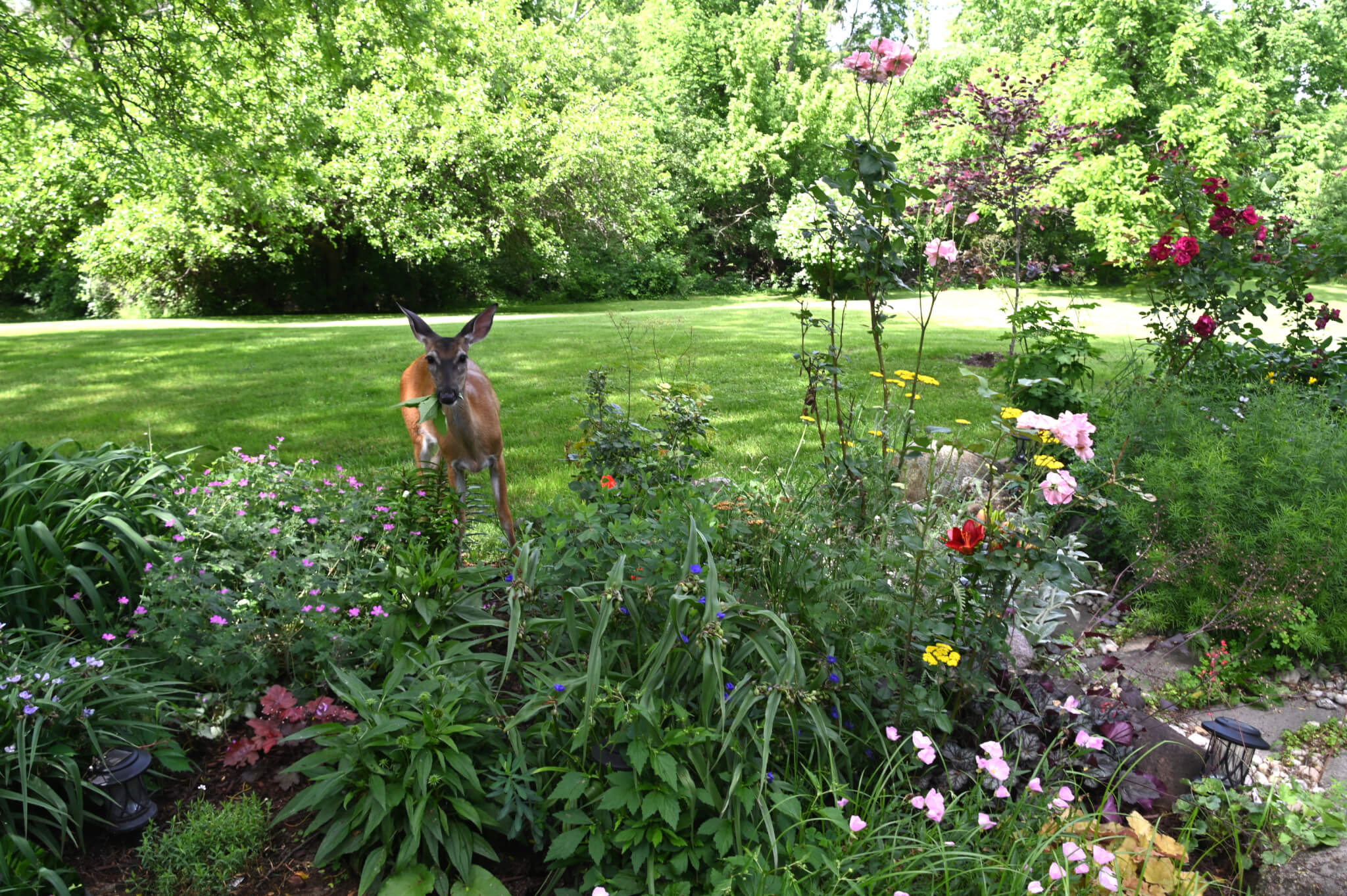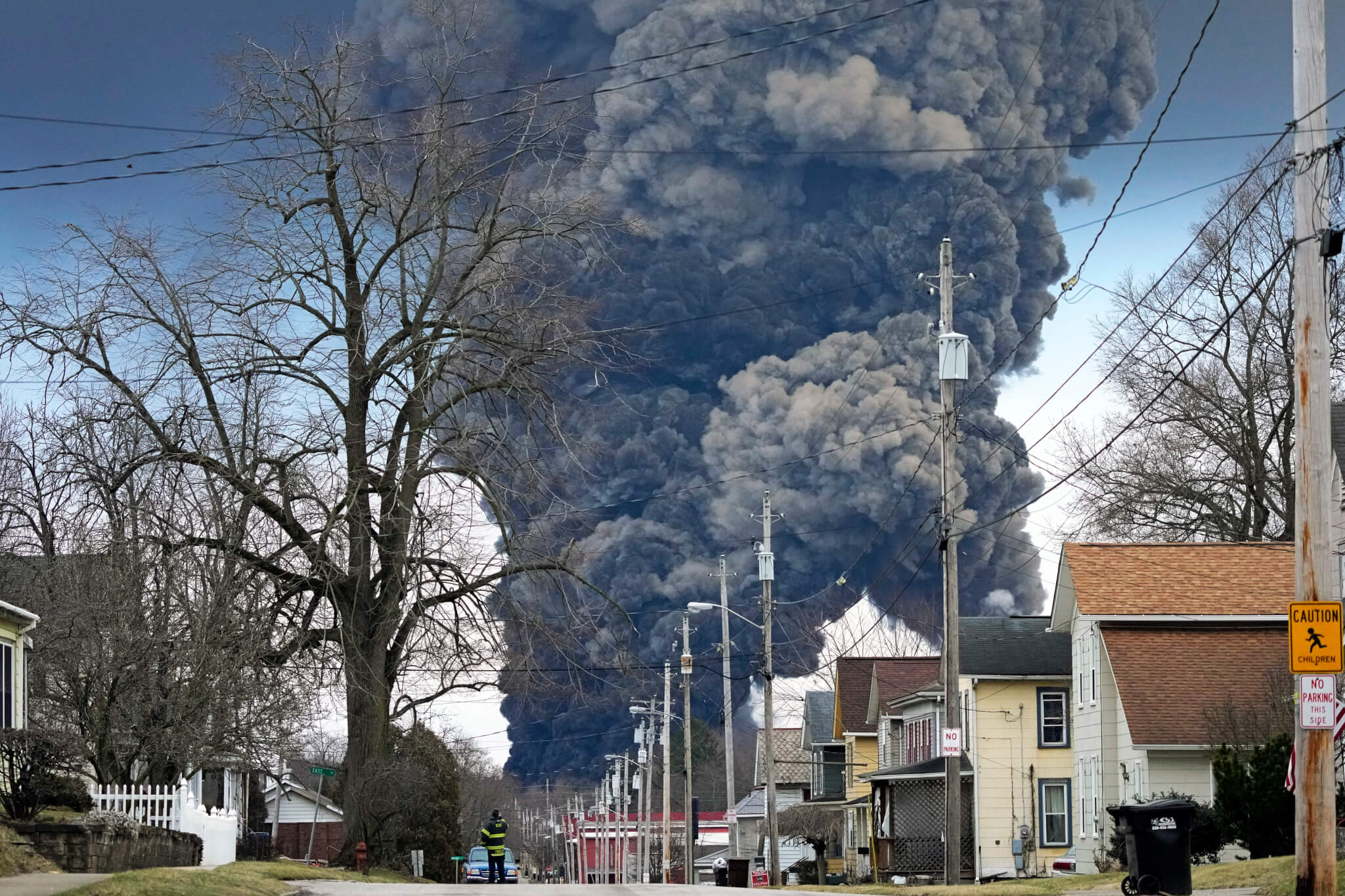
Photo: Creative Commons
With an inconsistent climate across the state, the planning and planting of vegetables and flowers differs for Pennsylvania gardeners depending on where they live.
Spring has finally arrived in Pennsylvania. And maybe soon the temperature will get the memo.
No matter where you are in the commonwealth, the earth is waking up from winter. Soon, more birds will sing and green leaves will appear on trees.
Springtime is also when you can prepare a garden, whether it’s a large garden in your yard or an urban garden on your apartment balcony.
Before you do any digging however, it’s best to learn what plants will thrive where you live.
USDA hardiness zones determine when a person should begin their garden and what sorts of plants are likely to do well in their area, based on the average, annual minimum temperature. Each zone spans 10 degrees, and each subzone spans five. Plant information cards and the backs of seed packets usually specify what zones are best for a given plant.
The climate in Pennsylvania, of course, is not consistent across the state, as it’s colder in the mountains and warmer in the cities. Pennsylvania has three different USDA hardiness zones, each with two distinct subzones — and zones are not easily differentiated by county or city. Instead, you will need to look at the USDA’s map of plant hardiness zones to identify the zone in which you live. You can also visit the USDA’s website and key in your zip code to automatically learn your hardiness zone.
Once you have an idea of your hardiness zone, read on to learn what plants you might want to add to your garden this year. Our recommendations are not mutually exclusive either — most plants suggested for one subzone will work for the entire zone, and a plant suggested for zone 7b may well work in a zone 5a garden.
Once you know your zone, the possibilities are endless — keep researching your zone and your specific microclimate (based on your zip code) to discover how best to design your Pennsylvania garden.

Zone 7b: Southern Philadelphia and Delaware Counties
Average coldest temperature: 5 to 10 F
A very small portion of Pennsylvania lies within zone 7b, though more than a million people live here. It’s rare for temperatures in this area — the warmest in the state — to ever dip below zero. Here, gardeners share planting guidelines with parts of the US South. The last frost date is usually (but not always) around April 15, when you should begin planting warm season crops.
Some vegetables to consider planting in this zone: Tomatoes, peppers, lettuce, peas, carrots
Other plants to consider in this zone: Coneflowers, apple trees, phlox, asters, mountain mint
Zone 7a: Greater Philadelphia outside of Zone 7b, Harrisburg, eastern York County, various patches of eastern Pa.
Average coldest temperature: 0 to 5 F
This zone covers much of the rest of the Greater Philly region, as well as patches of eastern PA such as Harrisburg and the eastern side of York County. Planting recommendations are pretty similar to that of zone 7b, with the average date of the last frost being around April 15.
Some vegetables to consider planting in this zone: Beets, spinach, swiss chard, broccoli, radishes
Other plants to consider in this zone: Hostas, salvia, bee balm, black-eyed Susan, columbine
Zone 6b: Pittsburgh and much of the Monongahela Valley, most of southeastern Pa. outside of zones 7b and 7a
Average coldest temperature: minus 5 to 0 F
The areas within zone 6 tend to be colder than higher number zones like those on the southeastern side of the state. Most of Pittsburgh proper is located in zone 6b, which then continues south along the Monongahela River. Much of southeastern PA is also in this zone, including the Lehigh Valley and Allentown. Some of central PA, including State College, is in this zone as well.
The last frost date is typically around May 1. You can enter your zip code in this frost date calculator to get an even more precise estimate.
Some vegetables to consider planting in this zone: Cabbages, collards, Brussels sprouts, eggplant, zucchini
Other plants to consider in this zone: Pennsylvania sedge, butterfly weed, beardtongue, little bluestem, goat’s beard
Zone 6a: Swaths of central Pa. and northeastern Pa., Greater Pittsburgh outside of zone 6b
Average coldest temperature: minus 10 to minus 5 F
The more mountainous areas of the state are colder on average than more urban areas. While guidelines in zone 6a and 6b are similar, the average coldest temperatures in zone 6a tend to reliably fall below zero.
The last frost date is typically around May 1.
Some vegetables to consider planting in this zone: Squash, potatoes, cucumbers, kale, cauliflower
Other plants to consider in this zone: Swamp milkweed, cannas, daffodils, hibiscus, yarrow

Zone 5b: Most of northern Pa., small patches of south-central Pa. in Somerset, Cambria, and Clearfield Counties
Average coldest temperature: minus 15 to minus 10 F
Gardeners in the zone have a shorter growing season than most — the last frost is usually around May 15 — but you can still make the most of your garden. You can make your growing season a little longer by starting seeds indoors before transferring the plants to your garden. (This is true for any zone in Pa.)
Some vegetables to consider planting in this zone: Rhubarb, celery, asparagus, chives, beets
Other plants to consider in this zone: Coral bells, delphinium, daylilies, hollyhock, foxglove
Zone 5a: Parts of northwestern Pa. (most of McKean County, northern Elk County, and patches of Warren County)
Average coldest temperature: minus 20 to minus 15 F
Zone 5a, the coldest zone in Pa., is found in just a few counties in the northern part of the state. Those in this zone will have the shortest growing season of any zone in Pa. After all, the last frost is usually around May 15.
Some vegetables to consider planting in this zone: Squash, asparagus, bush beans, onions, sunchokes
Other plants to consider in this zone: Lavender, hellebore, hardy geraniums, Russian sage, Jacob’s ladder
Politics

Philadelphia DA cancels arrest warrant for state Rep. Kevin Boyle on eve of Pa. primary
Philadelphia District Attorney Larry Krasner said a detective had sought the warrant against Boyle, a Democrat whose district includes a section of...

Influencers and creators find new ways to engage young Philadelphia voters
Rec Philly, a space for creators and influencers, teamed up with Show Up Strong to get hundreds of young Philadelphia residents engaged in the...

New Biden rule protects privacy of women seeking abortions
Under the new rules, state officials and law enforcement cannot obtain medical records related to lawful reproductive health care with the goal of...
Local News

Conjoined twins from Berks County die at age 62
Conjoined twins Lori and George Schappell, who pursued separate careers, interests and relationships during lives that defied medical expectations,...

Railroad agrees to $600 million settlement for fiery Ohio derailment, residents fear it’s not enough
Norfolk Southern has agreed to pay $600 million in a class-action lawsuit settlement for a fiery train derailment in February 2023 in eastern Ohio,...






